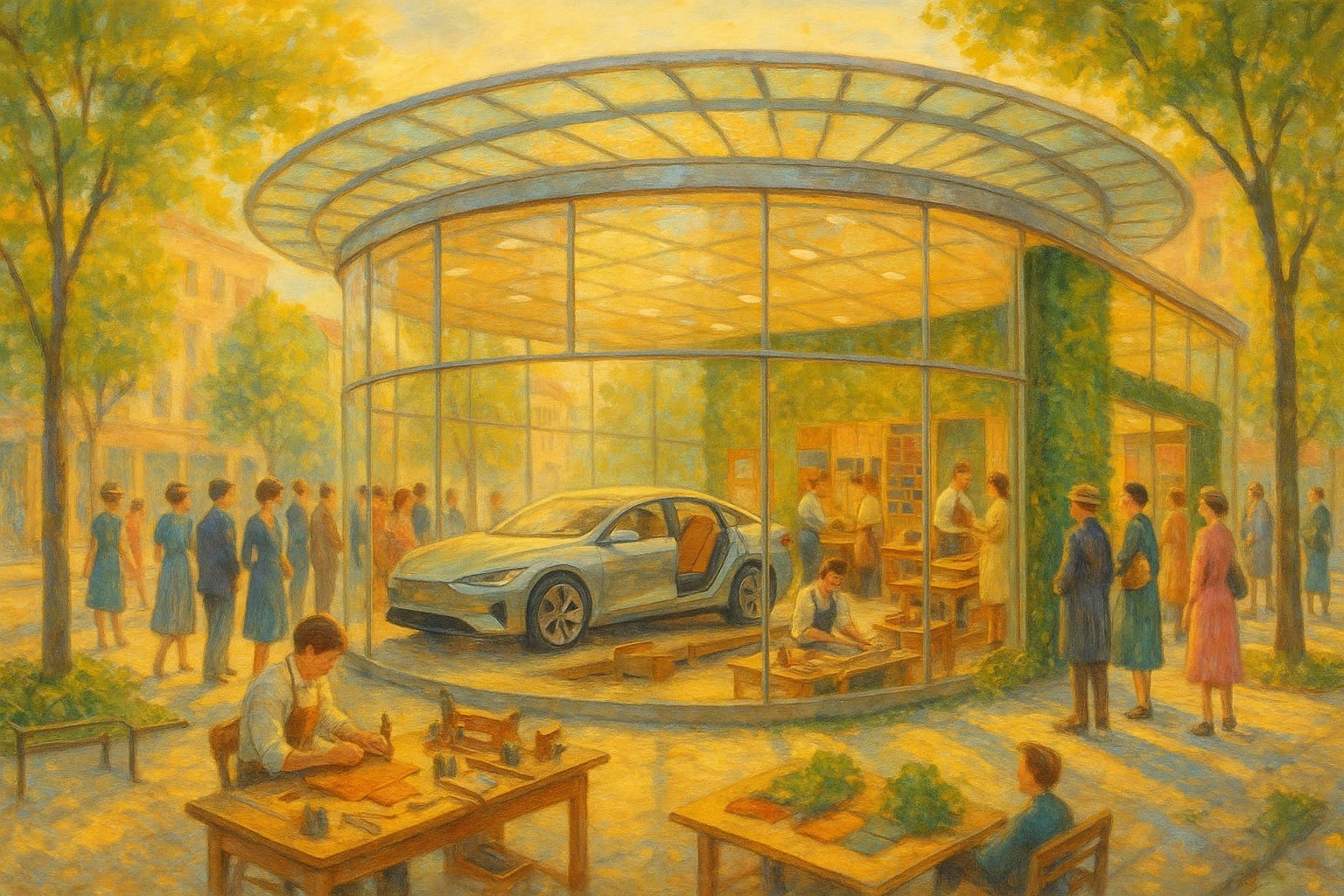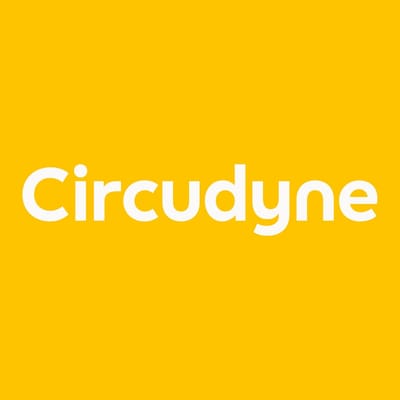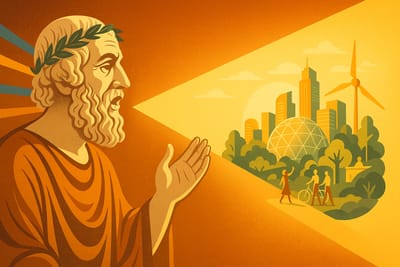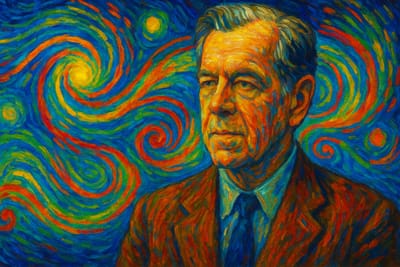McLuhan, Perception, and the Role of Brands Today
Marshall McLuhan argued that experience shapes behavior before understanding. In a moment defined by overload and institutional fatigue, this letter explores what that insight means for brands, and why helping people see has become their responsibility.
You Don't Need Better Storytellers
Stories begin with choices. Without internal coherence, even the best storytelling can’t help us imagine, or choose, the future we need.
"Something Goes Wrong!"
We’ve absorbed decades of stories that teach us to wait for the break: build a world, then watch it fall, because “something goes wrong!” is where the meaning begins. Tales of the Circular Century require a different rhythm. “Perfect Days” reveals the quiet power of a world that holds.
Closing the Mythology Gap
When the world changes faster than our stories, organizations lose coherence and momentum. This Letter shows how Joseph Campbell, George Lucas, and Coca-Cola demonstrated the deeper work of cultural renewal — and what it means to become fit for purpose in the Circular Century.
Dunkirk Spirit and Circular Transformation
Like the Royal Navy at Dunkirk, today's corporations are unfit for the task. Circular transformation needs 1,000 small boats, not one big ship. What's yours?
Toward Imagination
Scientific management made imagination possible. Then it made imagination impossible.







